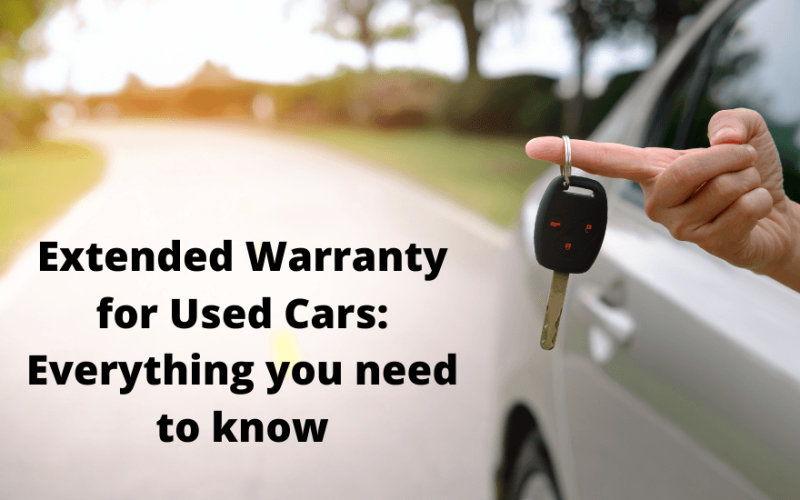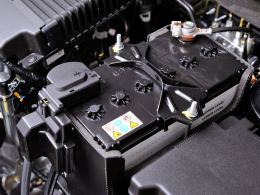Understanding the ins and outs of a car warranty is essential for any vehicle owner in Canada. A car warranty provides peace of mind by covering certain repair and maintenance costs during a specified period. Whether you’re purchasing a new or used vehicle, knowing how a car warranty functions can save you money and hassle down the road. This guide explores what a car warranty is, how it works in Canada, and what to consider before relying on one.
1. Definition of a Car Warranty
A car warranty is a contractual agreement between the vehicle owner and the manufacturer or dealer that promises to cover specific repairs and services for a predetermined period or mileage. Essentially, it acts as a safeguard against unexpected mechanical failures or defects that may occur after purchasing a vehicle. In Canada, car warranties vary depending on the manufacturer, the type of vehicle, and whether the vehicle is new or used. They can range from basic powertrain coverage to comprehensive bumper-to-bumper protection, giving owners options tailored to their needs and budget.
2. Types of Car Warranties Available in Canada
In Canada, car warranties come in several forms, each designed to address different needs. The most common types include manufacturer warranties, extended warranties, and third-party warranties. Manufacturer warranties are included with the purchase of new vehicles and typically cover essential components like the engine, transmission, and electrical systems for a set period. Extended warranties are purchased separately and can extend coverage beyond the original warranty period, offering additional peace of mind. Third-party warranties are offered by independent providers and often provide more flexible plans, but it’s vital to review their credibility and coverage details carefully.
3. What Does a Typical Car Warranty Cover?
A standard car warranty generally covers repairs or replacements of parts that fail due to manufacturing defects or mechanical breakdowns. Common covered components include the engine, transmission, drivetrain, and electrical systems. Some car warranties also cover specific wear-and-tear items such as brake pads or tires, but this varies widely. It’s crucial to read the warranty policy thoroughly to understand what is included and what is excluded. For instance, routine maintenance services like oil changes, tire rotations, or brake replacements are usually not covered unless specified as part of an extended plan.
4. How Long Does a Car Warranty Last in Canada?
The duration of a car warranty in Canada typically depends on the manufacturer’s policies and the type of warranty purchased. New vehicle warranties often range from three to five years or up to 100,000 kilometers, whichever comes first. Some manufacturers offer longer warranties, especially for electric or hybrid vehicles. Extended warranties can add several years or thousands of kilometers to the coverage period. It’s essential for Canadian drivers to keep track of the warranty expiration date to ensure they seek repairs within the covered timeframe. After the warranty expires, repairs become the owner’s responsibility, which can be costly.
5. How Does the Car Warranty Claim Process Work?
When a covered issue arises, the car warranty claim process involves several steps. First, the vehicle owner must identify a qualifying problem and take the vehicle to an authorized service center or dealership. The technician will diagnose the issue and determine whether it falls under the warranty coverage. If it does, the repair costs are usually covered by the warranty provider, and the owner may only be responsible for deductibles or service fees. It’s important to keep detailed records of repairs and maintenance performed during the warranty period, as these may be required to process future claims. Understanding the process and requirements can streamline repairs and prevent delays.
6. Exclusions and Limitations of a Car Warranty
While car warranties are designed to protect owners, they also come with exclusions and limitations. Common exclusions include damage caused by accidents, misuse, neglect, or natural disasters like floods or hail. Wear-and-tear items such as brake pads, batteries, or tires are often not covered unless specified. Additionally, modifications or aftermarket parts may void parts of the warranty. It’s vital to read the fine print to understand what is not covered, as this can impact your decision when purchasing a warranty or vehicle. Being aware of these limitations helps set realistic expectations and avoid disputes later.
7. The Cost of a Car Warranty in Canada
The price of a car warranty varies depending on several factors, including the coverage level, vehicle make and model, age of the vehicle, and the warranty provider. Manufacturer warranties are typically included in the initial vehicle price, but extended or third-party warranties come at additional costs. Extended warranties can range from a few hundred to several thousand dollars. While it may seem like an added expense, a good warranty can save significant repair costs later
Warranty Maintenance Best Practices
- Follow Scheduled Services: Even if a service isn’t covered, it keeps your car in top shape.
- Use Authorized Shops: Avoid claim denials by using approved service centers.
- Keep Detailed Records: Store all receipts, invoices, and warranty documents in one folder.
- Monitor Wear Items: Be proactive about replacing brake pads, tires, and belts to prevent collateral damage.
Staying on top of maintenance preserves both warranty coverage and vehicle reliability.
Conclusion
A car warranty in Canada—whether a manufacturer warranty on a new vehicle or a carefully chosen extended warranty—is a vital tool for managing repair costs and protecting your investment. Understanding the types of warranties, what they cover and exclude, how to make a claim, and provincial variations ensures you get the maximum benefit. By following maintenance best practices and selecting the right plan, you’ll drive with confidence, knowing you’re covered in 2025 and beyond. Remember: clear documentation, regular servicing, and proactive research are your keys to warranty success and long‐term peace of mind.












